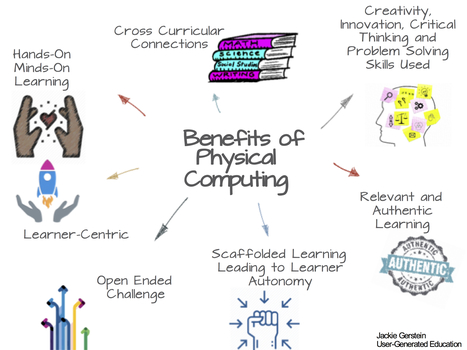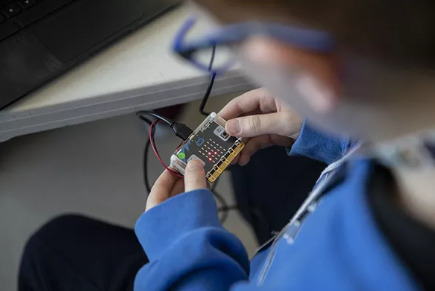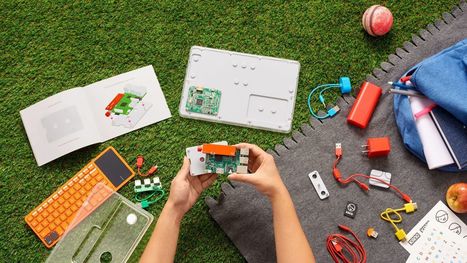I love bringing physical computing into my classrooms:
Physical computing means building interactive physical systems by the use of software and hardware that can sense and respond to the analog world. Physical computing is a creative framework for understanding human beings’ relationship to the digital world. In practical use, the term most often describes handmade art, design or DIY hobby projects that use sensors and microcontrollers to translate analog input to a software system, and/or control electro-mechanical devices such as motors, servos, lighting or other hardware (https://en.wikipedia.org/wiki/Physical_computing).
. . . but as with all use of educational technologies, I believe that it should be used intentionally to assist learners in developing and expanding their content knowledge and life skills.
Research and publish the best content.
Get Started for FREE
Sign up with Facebook Sign up with X
I don't have a Facebook or a X account
Already have an account: Login
News, reviews, resources for AI, iTech, MakerEd, Coding and more ....
Curated by
John Evans
 Your new post is loading... Your new post is loading...
 Your new post is loading... Your new post is loading...
|
|













COOL!